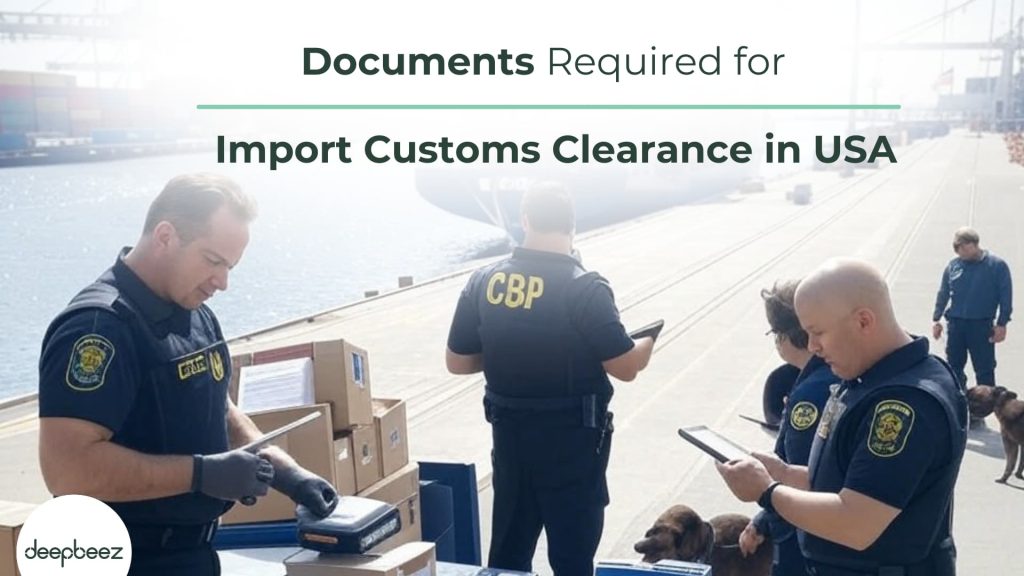Are you tired of unexpected delays at customs? Frustrated by surprise fees eating into your profit margins? You’re not alone. As someone who’s worked with hundreds of importers, I’ve seen firsthand how proper documentation can make or break your importing success.
Let’s cut through the confusion and master the paperwork that keeps your goods moving smoothly into the United States. Commercial invoice, packing list, certificate of origin, bill of lading and arrival notice are among the most important documents. Did you know that you can easily lower import duties by tariff engineering and duty drawbacks?
